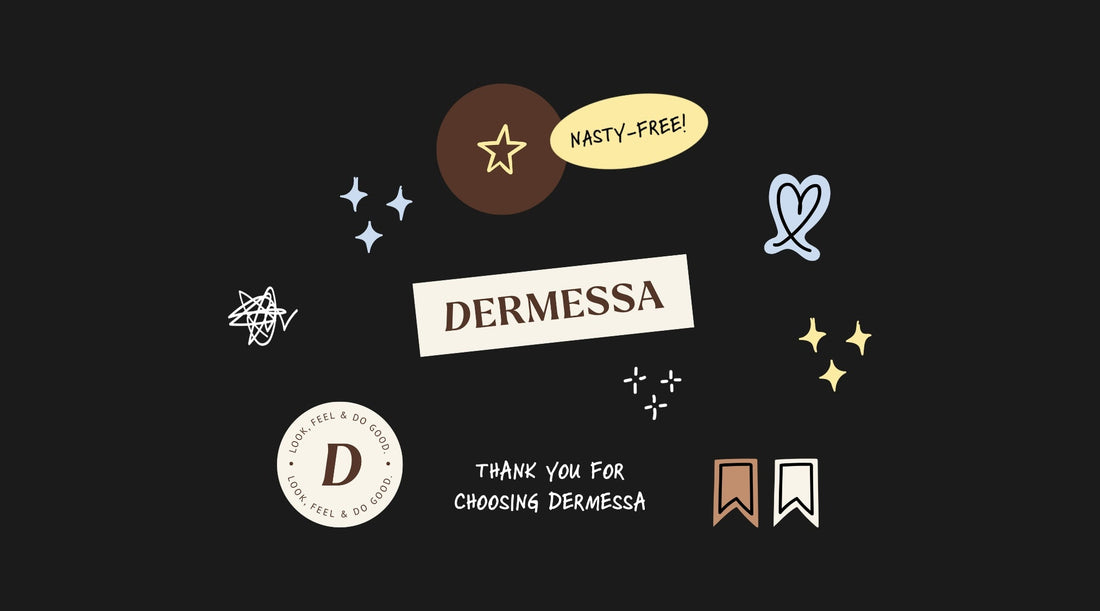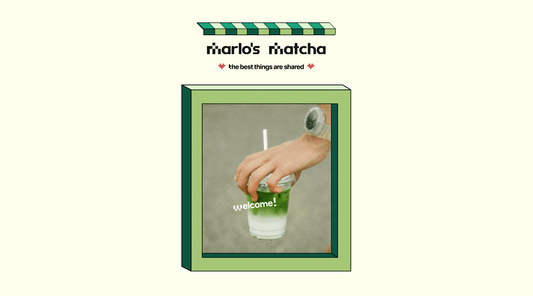
5 Steps To Create Graphic Elements—Stay On Brand
What's the difference between a brand that looks "thrown together in Canva" and one that feels professionally crafted?
It's not the logo—it's the supporting cast of graphic elements most businesses never think to create.
That’s how you get visually interesting social media posts, website design and cohesion across all touchpoints.
In this article, you'll learn what graphic elements are, the different types and 5 steps to create graphic elements that strengthen your brand and make every design pop.
What Are Graphic Elements?
Graphic elements are the visual building blocks that extend your brand beyond just a logo.
They combine forms, lines, and shapes to create a cohesive visual language that works across all your brand touchpoints.
Think of these elements as the supporting cast to your logo's leading role.
While your logo identifies your brand, graphic elements add personality and depth to every piece of content you create.
When you need to create dozens of social media posts, email headers, or marketing materials, having a library of brand-specific shapes and elements makes the design process faster and more consistent.
Types of Graphic Elements
Line Work
Line work establishes visual hierarchy and brings structure to your designs without overwhelming them.
You can use lines to guide your audience's eye through content, separate sections, and frame important information.
Whether bold and commanding or thin and minimal, consistent line work becomes as recognizable as your logo when applied across all brand touchpoints.
Patterns
Combining and repeating your core graphic elements creates patterns that add visual interest without introducing new components.
These can range from simple geometric repetitions to complex, irregular arrangements.
The complexity should align with your brand personality, while patterns work best as background elements or accent features that scale across different applications.
Textures
Hand-rendered textures bring warmth and authenticity that purely digital elements cannot achieve.
Try scanning paint strokes, ink blots, torn paper, foils, or handmade marks to create tactile graphic elements.
These work particularly well for creative industries or brands emphasizing their human-centered approach.
Type
Typography can become a graphic element when abstracted for decoration rather than communication.
Individual letterforms, partial words, or typographic symbols work as visual shapes in your compositions.
Choose typefaces that align with your brand personality and ensure these elements feel cohesive with your overall aesthetic.
5 Steps for Creating Graphic Elements
Creating effective graphic elements requires strategic thinking before you start designing.
The process begins with understanding how these elements will function in your brand ecosystem and ends with testing their effectiveness against your original goals.
1. Consider Your Applications
Consider how your graphic elements will be used across different platforms and materials. Will they play a supporting role alongside your logo or take center stage in certain applications?
Understanding their primary function helps determine the appropriate visual weight and complexity. Digital-only elements can be more intricate than those needing to work across both print and digital formats.
2. Research Stylistic Possibilities
Investigate stylistic possibilities through moodboard research to explore different visual directions.
Gather inspiration from brands in adjacent industries, art movements, or design trends that align with your brand's personality.
This research phase prevents tunnel vision and opens up creative possibilities you might not have considered initially.
3. Align with Brand Style
Ensure your graphic elements align with your brand's established style and tone.
For example, Marlo's Matcha uses pixel-inspired graphics to evoke nostalgia, aligning with its Minecraft-themed logo. Yu Bar's elements are cute, fun, and bubbly, matching its brand identity, while Espresso East's elements are more graphical and less bubbly.
The key is maintaining visual coherence across all brand touchpoints.
4. Experiment with SCAMPER
Experiment with the SCAMPER design methodology to push your concepts further.
Substitute materials or styles, combine different elements, adapt existing shapes, modify proportions, put elements to new uses, eliminate unnecessary details, and rearrange compositions.
This systematic approach helps you explore variations and find unexpected solutions.
5. Test and Analyze
Analyze your results by comparing them to your original brief and moodboards.
Then seek feedback from clients or team members to ensure the elements effectively communicate your intended message.
Test how they perform across different applications and scales to confirm they work in real-world scenarios.
Example—Marlo’s Chocolate
Marlo's Chocolate demonstrates how the five-step process works in practice. We created this brand for our Brand Identity Guidelines 2.0 template, and Freya followed each step to develop a cohesive graphic element system.
The graphic elements carry a nostalgic theme that aligns perfectly with the brand's positioning. This nostalgic quality comes through in the hand-drawn style, which creates warmth that connects with the target audience.
This hand-drawn approach reinforces the artisanal quality customers expect from premium chocolate products, while maintaining enough sophistication for packaging and marketing materials.
Conclusion
Graphic elements extend your brand beyond just a logo by combining forms, lines, shapes, patterns, textures, and typography into a cohesive visual system.
These elements solve practical design challenges while maintaining brand consistency across all touchpoints.
Follow the five-step process to create elements that align with your brand's personality and function effectively across different applications.
Want to see these principles in action? Check out our Brand Identity Guidelines 2.0 Template to explore how we’ve applied graphic elements in Marlo’s Chocolate.



